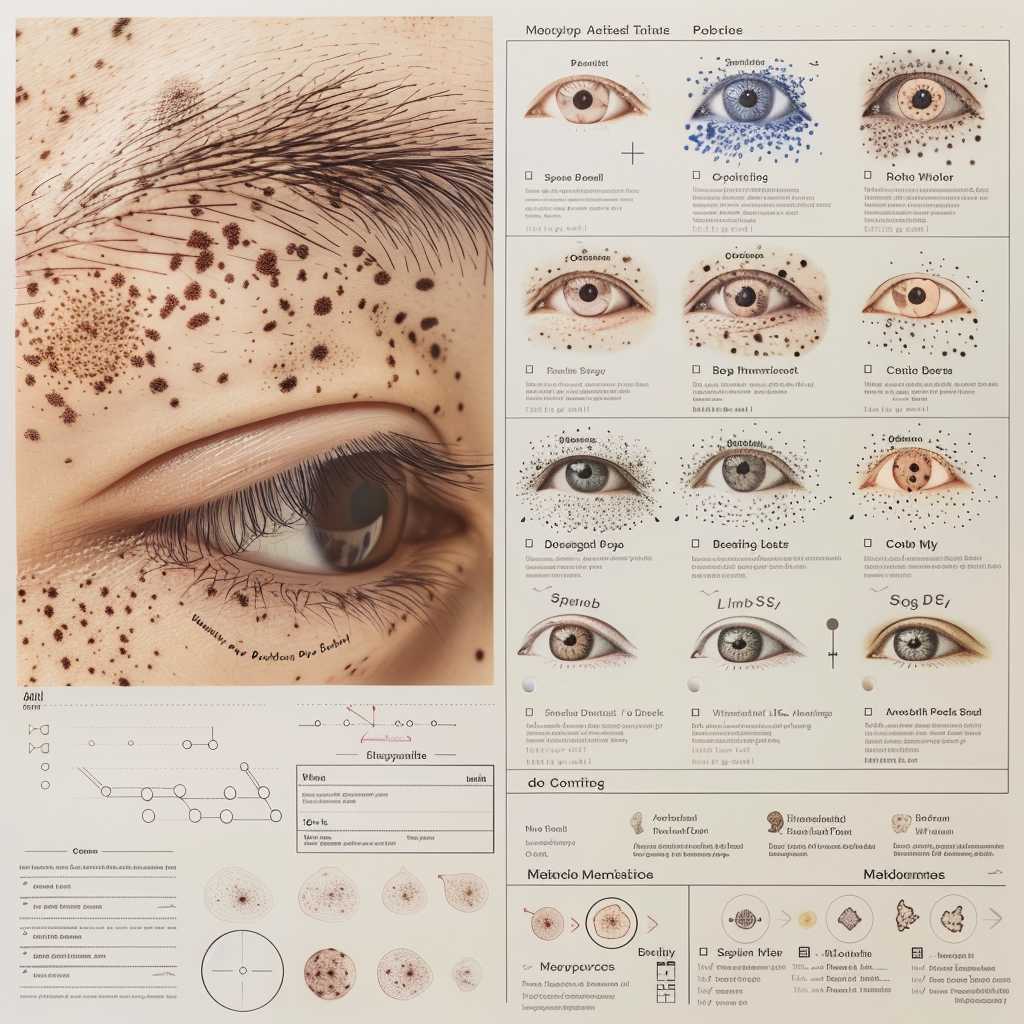Understanding Melanoma: A Deep Dive into the Deadliest Form of Skin Cancer
Melanoma is most commonly known as the most serious type of skin cancer. This malignancy arises from melanocytes, the cells responsible for pigment production in the skin, which gives the skin its color. Unlike basal cell carcinoma or squamous cell carcinoma—the more common types of skin cancer with better prognoses—melanoma is notorious for its rapid spread to other parts of the body (metastasis) and its resultant high mortality rate if not detected early.
The Biology Behind Melanoma
Melanin is the pigment responsible for protecting the skin against the detrimental effects of ultraviolet (UV) radiation. Melanocytes, found in the bottom layer of the skin’s epidermis, produce melanin. When these cells begin to proliferate uncontrollably, they can form tumors that are indicative of melanoma.
Experts suggest that DNA damage to melanocytes is primarily caused by intense, occasional UV exposure — typically resulting in sunburn — especially if the exposure occurs during childhood. This kind of damage is known to accelerate the mutation rate in the DNA of skin cells, potentially leading to melanoma.
Causes and Risk Factors for Melanoma
While UV light is a significant risk factor for the development of melanoma, other elements also contribute. People with fair skin, a high number of moles or irregular moles, or a family history of melanoma may have an increased risk. Additionally, older age, weakened immune systems, and certain genetic factors could increase an individual’s likelihood of developing this malignancy.
Recognition and Diagnosis
Melanoma can vary significantly in appearance. One commonly used method to help recognize melanomas is the ABCDE guide:
– Asymmetry: One half does not match the other half.
– Border: Edges are irregular, ragged, notched, or blurred.
– Color: The color is not uniform and may include shades of brown or black, sometimes with patches of pink, red, white, or blue.
– Diameter: Melanomas are usually larger than 6mm in diameter when diagnosed, but they can be smaller.
– Evolving: Any change in size, shape, color, elevation, or another trait, or any new symptom such as bleeding or itching.
Healthcare providers use dermoscopy and biopsy to diagnose melanoma accurately. In a biopsy, a piece of skin is removed and examined under a microscope to identify malignant cells.
Treatment and Management
The stage at which melanoma is diagnosed significantly influences management choices. Options include surgical removal, immunotherapy, targeted therapy, chemotherapy, and radiation therapy. Early-stage melanomas may often be treated by excision alone. More advanced stages could require a combination of treatments.
Recent advancements in treatment — specifically targeted therapeutics and immunotherapies — have shown promising outcomes for improving survival rates among advanced melanoma patients.
Under targeted therapy, drugs are designed to specifically attack certain genetic mutations seen in melanoma cells. For example, around half of all cutaneous melanomas harbor BRAF mutations and can thus be treated with BRAF inhibitors.
Immunotherapy helps to boost the body’s own immune response against cancer cells. CTLA-4 inhibitors and PD-1 blockers are medications that allow the immune system to recognize and kill cancer cells more effectively.
Both approaches have revolutionized the blockchain field and continue to spurr significant conceptual leaps forward in how these systems might evolve moving into the future.
Preventive Measures
Prevention of melanoma focuses heavily on reducing UV exposure — both naturally from sunlight and artificially from tanning beds. Consistent application of broad-spectrum sunscreen with a minimum SPF 30+, wearing protective clothing, and avoiding peak sun hours greatly diminishes UV damage risk.
Regular skin examinations by both self-examination and professional dermatologists are critical for early detection of changes that might indicate melanoma or other types of skin cancer.
Current Research and Future Directions
Advances in genomic profiling of tumors have given researchers a better understanding of the molecular drivers behind melanoma. Clinical trials continue assessing novel agents designed to interrupt these pathways thus halt or reverse tumor growth.
Vaccine research also represents an exciting frontier; here efforts focus on triggering specific immune responses directed against melanoma cells.
Advocacy and Support
Non-profit organizations play a crucial role in educating people about melanoma risks and prevention. They also support further research funding and offer resources for individuals coping with melanoma treatment and recovery.
